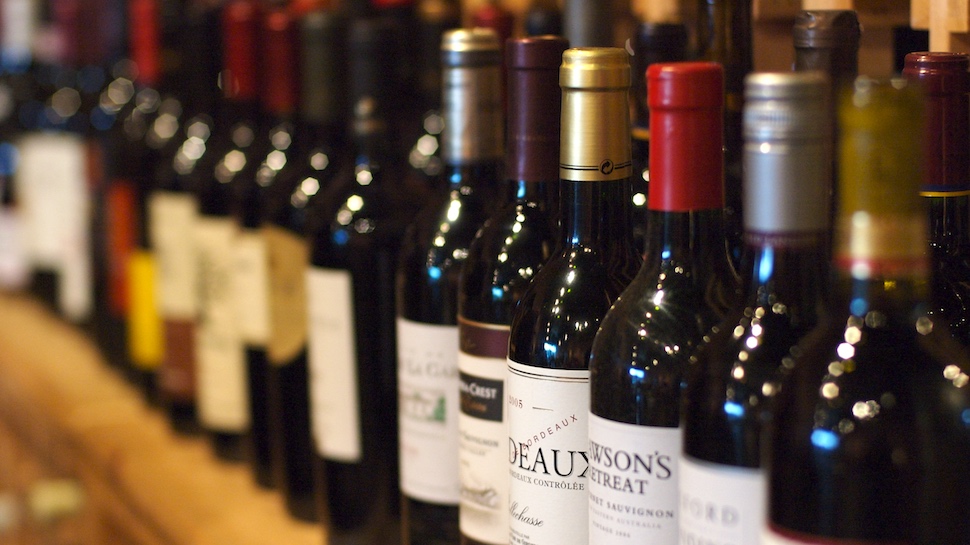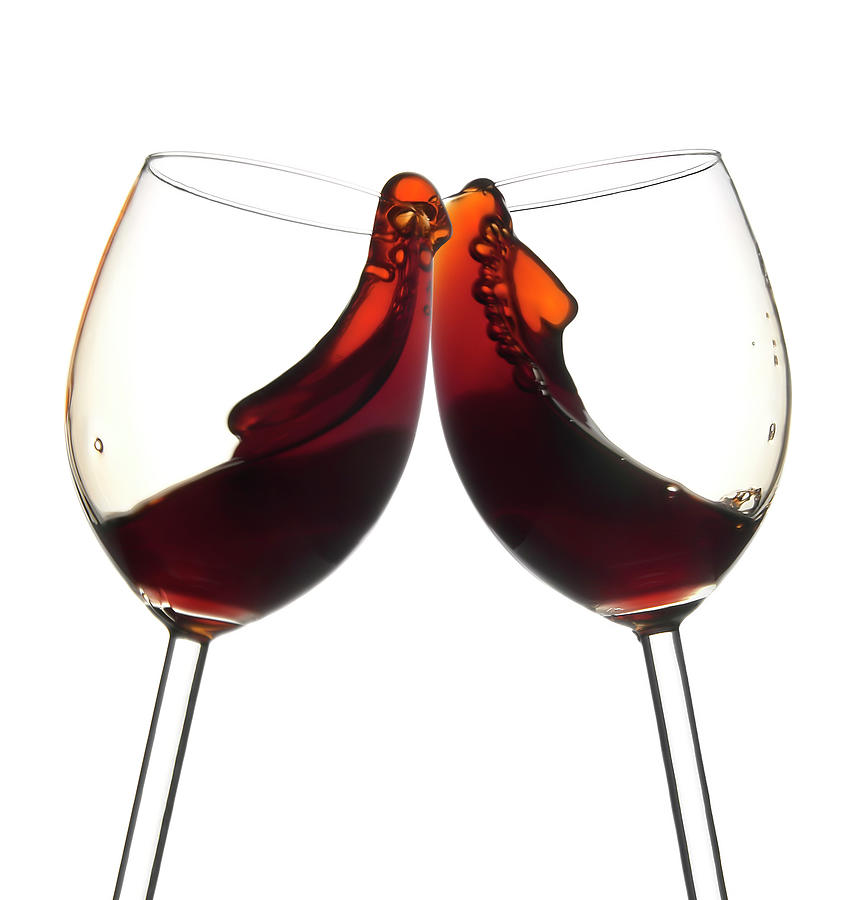Is Wine Good For You or Bad For You?
It’s a question that comes up a lot because wine can be a delightful part of life but there is a lot of information about its effects on your health, much of it conflicting.
So let’s get to the veritas of the matter and find out the truth about wine.
The Benefits of Wine

Even if you’ve not read much about the benefits of wine, you’ve probably heard of resveratrol. It’s a polyphenol found in red wine that is responsible for many of wine’s health-giving benefits.
- Resveratrol protects and improves our mitochondrial function. Mitochondria are part of your cells that are responsible for creating energy. We can also enhance mitochondrial function via regular exercise, a colorful, whole foods diet, supplementing with acetyl-L-carnitine, alpha-lipoic acid, Co Q 10, n-acetyl-cysteine, NADH, D-ribose, and magnesium aspartate, and increasing consumption of omega-3 fats.
- Wine contains antioxidants that protect us from free-radical damage; this damage can lead to cancer.
- Wine consumption can improve the immune system and protect us from infections.
- Red wine has high levels of silicon, which can help increase bone mineral density protecting us from osteoporosis.
- The phenols in red wine contain tannins that help reduce LDL (bad) cholesterol, and resveratrol can do the same while increasing HDL (good) cholesterol.
- The phenols in red wine can help thin the blood, which can help prevent strokes.
- Tannins contain procyanidins that enhance blood vessels’ health and improve blood circulation, improving cardiovascular health.
- Resveratrol improves our insulin sensitivity which can help prevent Type 2 diabetes.
- Chemicals present in red wine can improve brain function and may protect against dementia, Parkinson’s, and Alzheimer’s.
- Red wine is a part of the diet in most of the world’s Blue Zones, areas where people have robust health well into their 80s and beyond.
- Resveratrol inhibits the growth of bacteria that causes acne, and happily, it’s been shown that ingesting it is more effective than topical application. The same is true of the bacteria that causes dental plaque.
- A Spanish study found that people who drank two to seven glasses of wine each week were less likely to suffer from depression than those who drank less, not at all, or to excess.
- Overconsumption of alcohol contributes to fatty liver disease. But modest wine consumption may decrease the incidence of Non-Alcoholic- Fatty Liver Disease.
- Resveratrol may help treat diabetic retinopathy and age-related macular degeneration.
The Risks of Drinking Wine

Overconsumption of wine can undo all of the benefits listed above, so like with many things, the poison is in the dose. Too much wine can be especially dangerous for women. Overdoing it means your liver can’t metabolize estrogen as efficiently, and increased estrogen levels can lead to breast cancer.
Too much wine has also been linked to an increased risk for other types of cancer, including mouth, throat, esophagus, liver, colon, and rectum.
What is considered a “medicinal” amount of wine? One five-ounce glass up to three times per week.

Choosing the Right Wine
Not all wines are created equal when it comes to quality and health benefits. Mass-produced wines can have more than 70 different additives and chemicals, and the vineyards are typically sprayed with pesticides, herbicides, and fungicides.
The polyphenols in wine are produced by the grapes to protect them from bugs and other poor growing conditions. When sprays are used to mimic those same protections, the grapes produce fewer polyphenols which means the wine they make has fewer health benefits for us.
And because grape skin is so porous, the grapes absorb these sprays. This is why grapes are always on the Dirty Dozen list of produce that should be bought organically. Look for natural, organic, or biodynamic wines.
Sugar is something most of us could stand to have less of, but of course, without sugar, there is no wine (or any other alcohol). Sugar is a critical ingredient in the production of alcohol. During the fermentation process, naturally occurring sugars are converted to carbon dioxide and ethyl alcohol.
Some winemakers add sugar before or during fermentation, not to add sweetness but to increase the alcohol content. To find a lower-sugar wine, avoid cheap, mass-produced wine, choose a wine with an ABV (alcohol by volume) of around 10-12%, and choose drier wines like Tempranillo, Cabernet Sauvignon, and Sangiovese as opposed to sweeter wines like Merlot and Grenache.
Dry white wines are lower in sugar still, but reds have more of the health benefits we’ve discussed.
It can be a lot of work to source wines that meet all of these criteria yourself but the good news is, you don’t have to! Dry Farm Wines has done all of the research for you to find the best tasting, most healthful wines available. Even better, they are delivered right to your door!
Todd White, founder of Dry Wine Farms travels the world looking for only the best wines that must meet the following criteria:
- Natural, organic, or biodynamic.
- Grapes grown from old-growth vines with roots deep enough to draw moisture and minerals from the soil. (The vineyards don’t require irrigation, relying only on rainfall, hence the name Dry Farm).
- Wines are made from grapes that are low yield and harvested by hand.
- Wines fermented with wild yeast, not commercial.
- Wines produced with no additives, preservatives, clarifying agents, colors, scents, or sugar.
Once Dry Farm Wines has selected wines that meet those criteria, each one is tested in an independent lab to ensure they are:
- Statistically free of sugar and carbs.
- Naturally low in sulfites.
- Naturally lower ABV.
Only after clearing all of these hurdles are the wines made available to Dry Wine Farms customers.
Here’s To Your Health!
So what’s my verdict?
Wine is a wonderful addition to your health and life as long as you drink it in moderation and choose natural, lower sugar varieties.
Cheers!

